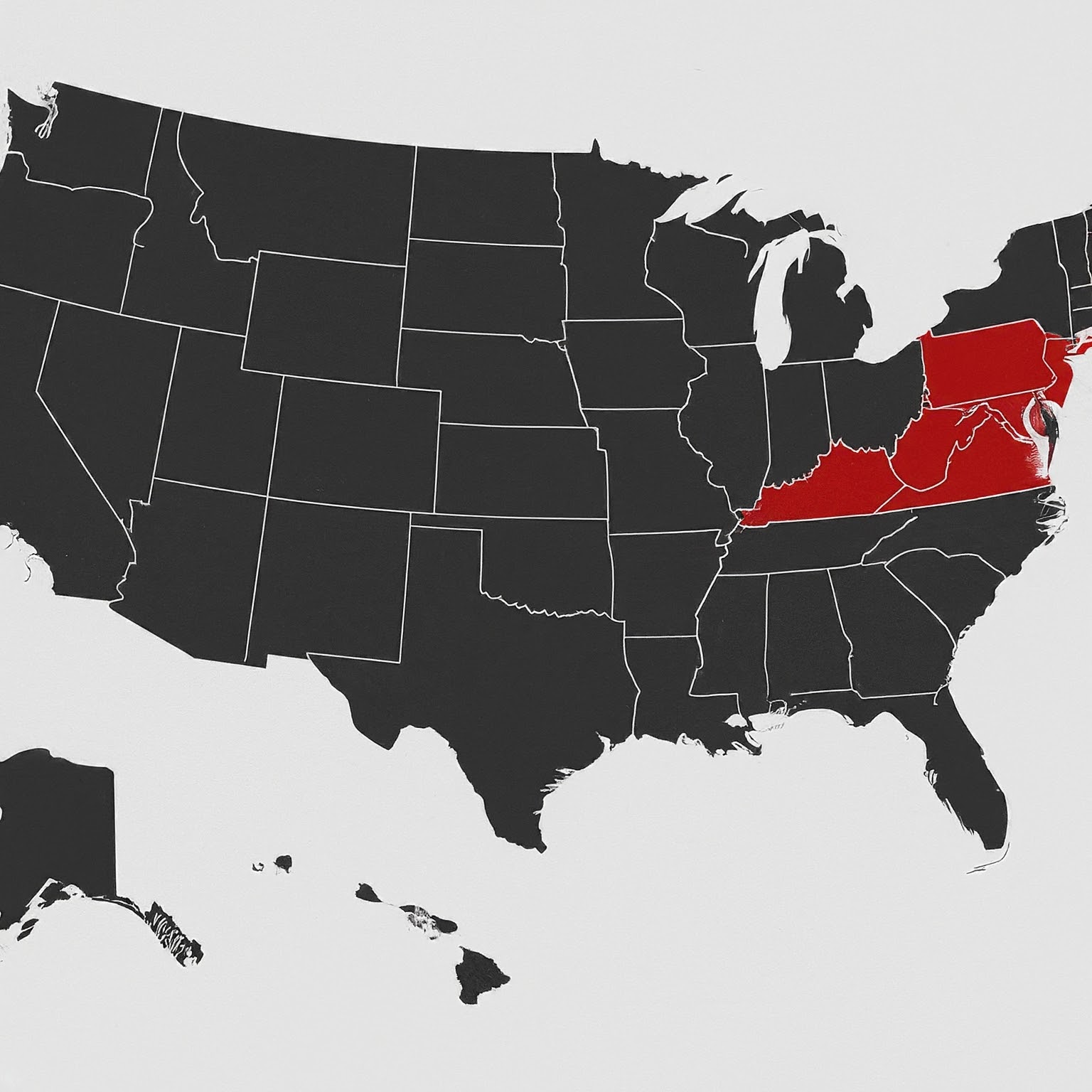The 456 area code holds a unique place in the history of the North American Numbering Plan (NANP). Unlike traditional area codes that are geographically assigned, the 456 area code was specifically designed for non-geographic purposes. This article delves into the history, purpose, and eventual withdrawal of the 456 area code.

A Non-Geographic Area Code
The 456 area code was introduced in 1993 as a non-geographic code. This meant it was not assigned to a specific geographic region, unlike traditional area codes that correspond to states, cities, or counties. Instead, the 456 area code was used to route inbound calls from outside the North American Numbering Plan (NANP) to specific carriers for carrier-specific services.
Purpose of the 456 Area Code
The primary function of the 456 area code was to streamline international call routing. By using this non-geographic code, telecommunications carriers could efficiently direct incoming international calls to their designated networks. This system helped to optimize call handling and improve service quality.
Withdrawal of the 456 Area Code
Despite its initial purpose, the 456 area code eventually fell into disuse. As telecommunications technology advanced and communication patterns evolved, the need for such a non-geographic code diminished. Consequently, in November 2017, the North American Numbering Plan Administrator (NANPA) officially withdrew the 456 area code.
Reasons for Withdrawal
Several factors contributed to the decision to withdraw the 456 area code:
Technological Advancements: The development of more efficient call routing technologies made the 456 area code redundant.
Decreased Demand: The specific services that relied on the 456 area code became less prevalent over time.
Numbering Plan Efficiency: The withdrawal of the 456 area code freed up a valuable number resource for future assignments.
Impact of the Withdrawal
The withdrawal of the 456 area code had minimal impact on consumers and businesses. As a non-geographic code, it was primarily used by telecommunications carriers for internal purposes. Therefore, the average person was unlikely to be aware of its existence or affected by its removal.
The Future of Non-Geographic Numbering
While the 456 area code is no longer in use, the concept of non-geographic numbering remains relevant. As telecommunications continue to evolve, new methods for routing calls and managing phone numbers may emerge. It’s possible that future innovations could lead to the reintroduction of non-geographic area codes or similar numbering schemes.
Conclusion
The 456 area code serves as a unique chapter in the history of the North American Numbering Plan. Its creation as a non-geographic code was a response to the evolving telecommunications landscape. However, as technology progressed, the need for the 456 area code diminished, leading to its eventual withdrawal. While the 456 area code is now a relic of the past, its legacy highlights the dynamic nature of the telecommunications industry.


